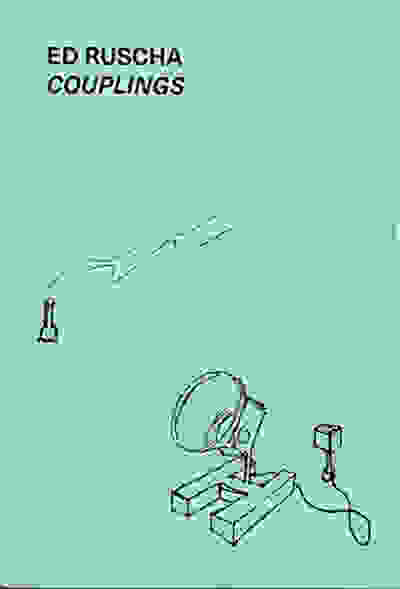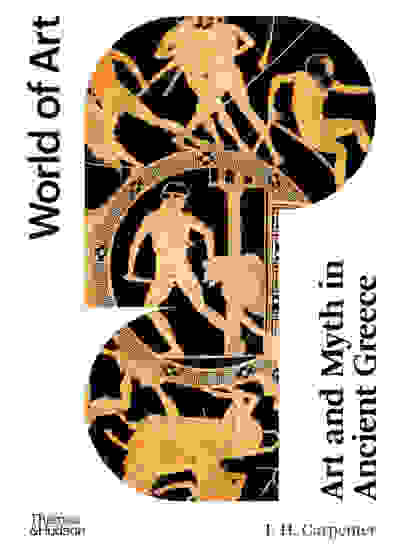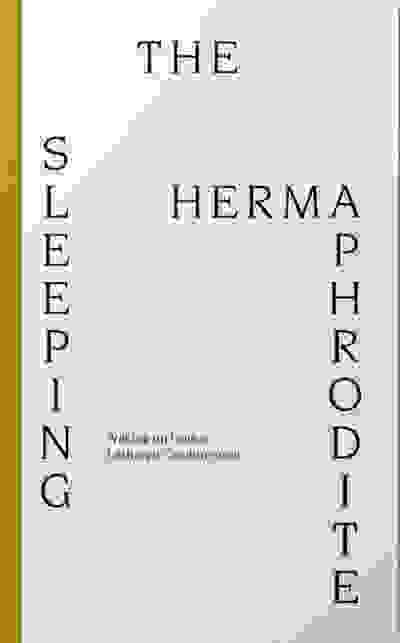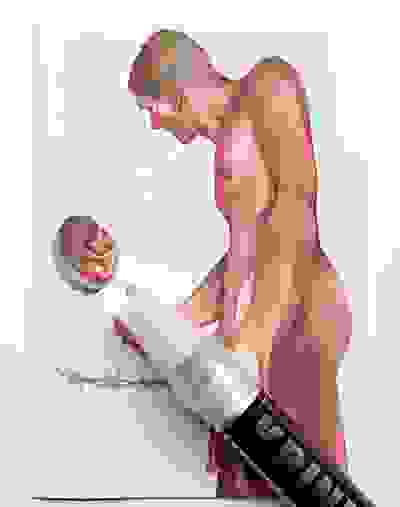Your cart is currently empty.
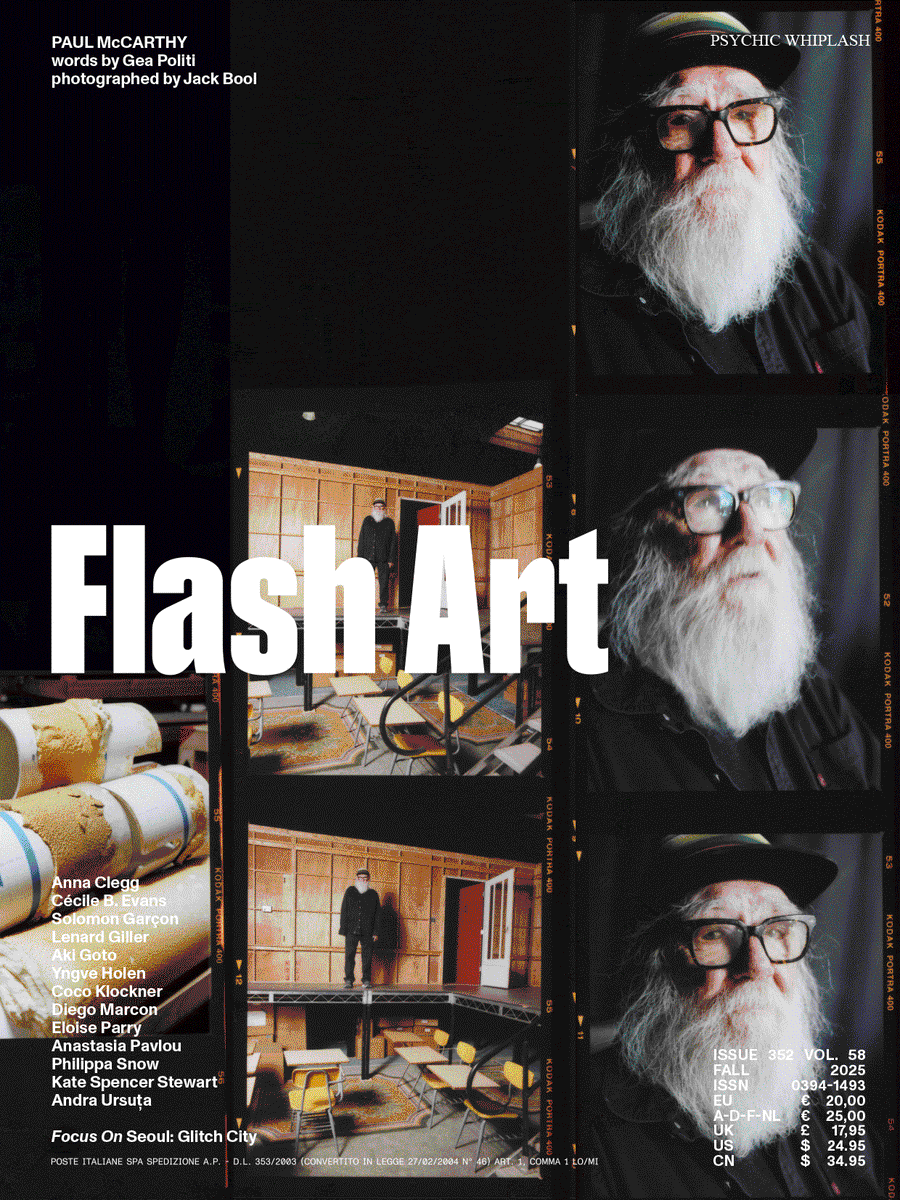
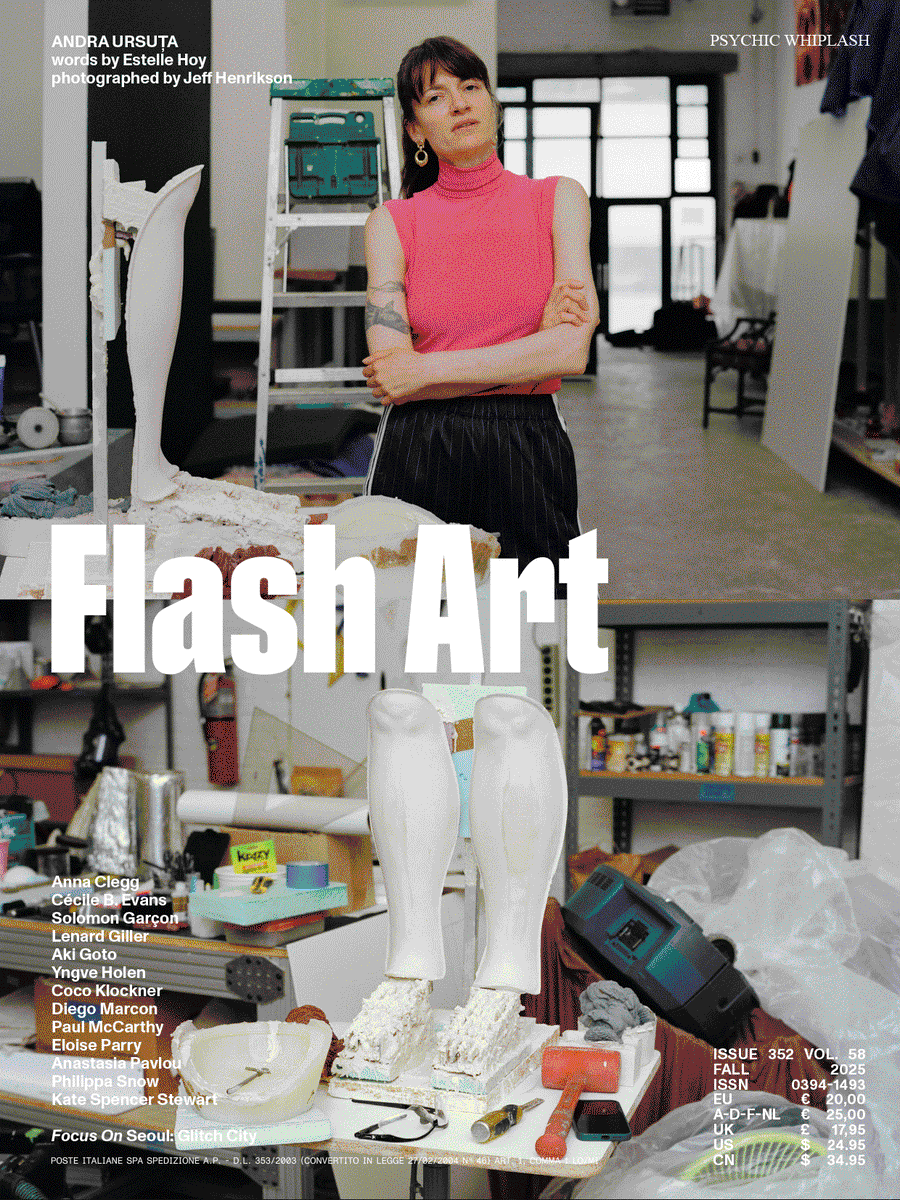
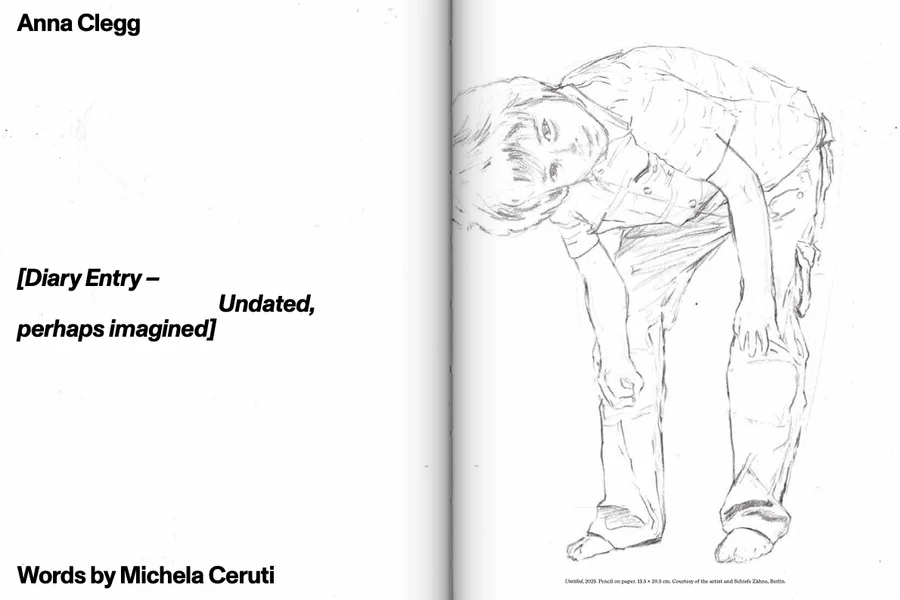
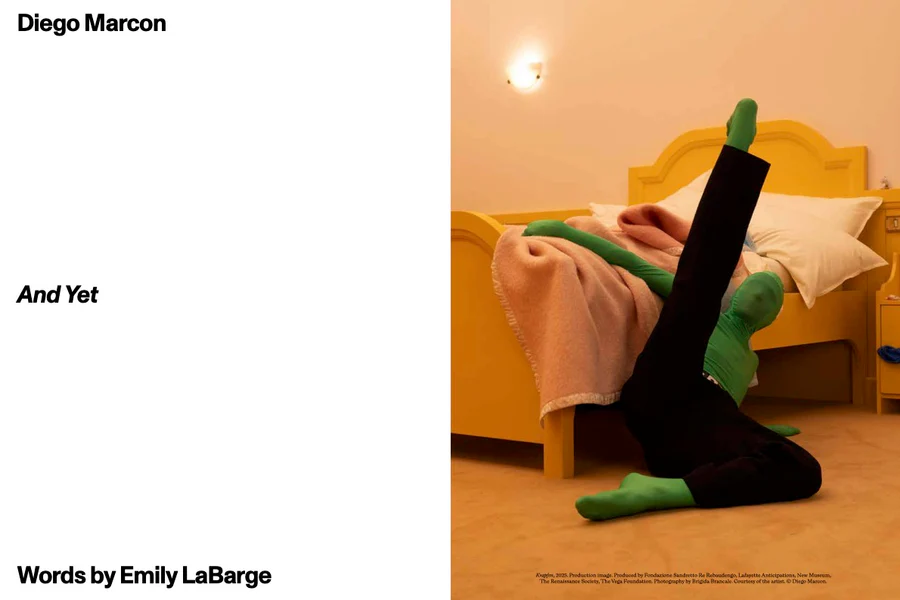


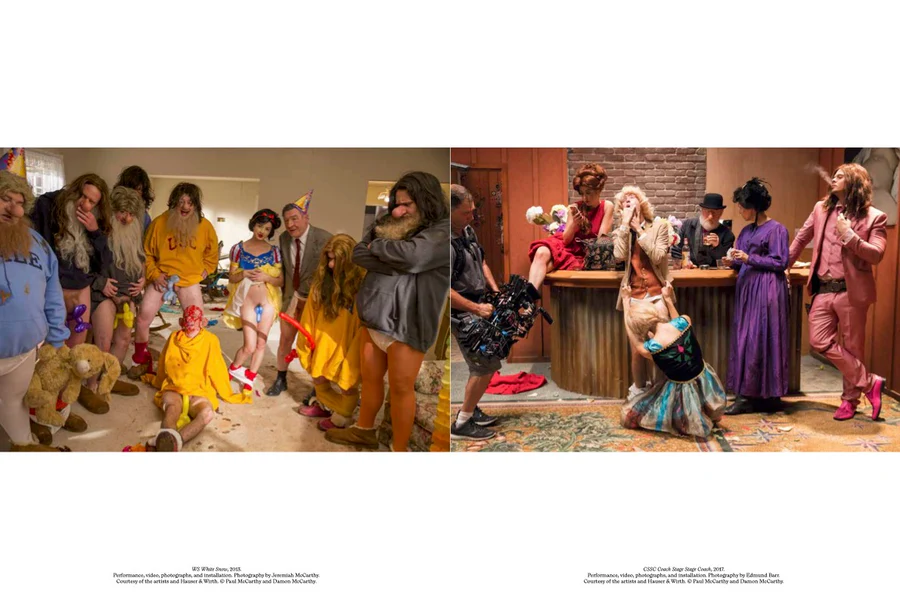
1
/
7
Flash Art #352: Psychic Whiplash
€ 28.90
In this context, Andra Ursu?a’s visceral, myth-laden sculptures confront themes of divorce, death, nationalism, and bodily failure with dark humor and raw materiality. Blending personal history with collective trauma, her grotesque and absurd art exposes human fragility and fate. Her work, accompanied by a poetic and sharp text by Estelle Hoy, serves as the first cover story of the issue, captured by Jeff Henrickson in her New York studio. Similarly, Aki Goto crafts intimate, poetic videos and textiles exploring motherhood, nature, and impermanence through a raw, observational lens; Daniel Merritt’s writing traces her journey from Tokyo to upstate New York, revealing an artist attuned to beauty, rupture, and surrender. Goto’s domestic world is the focus of the second cover story, photographed by David Brandon Geeting in her Hudson Valley studio — wearing Stone Island and Kuboraum eyewear. Paul McCarthy’s provocative, grotesque, and often absurd works dismantle cultural myths — from dysfunctional families to American consumerism and political spectacle — using humor and excess to expose the absurdities of power. In the third cover story, McCarthy is portrayed by Jack Bool in his Los Angeles studio. The issue also revisits McCarthy’s historical presence in Flash Art. Accompanying Gea Politi’s new critical essay are four archival pieces from 1993, 2001, and 2010, with texts by Michael Cohen, Marc Selwyn, Grady T. Turner, and Massimiliano Gioni — reframing the legacy of his irreverent practice across decades.
The fall issue brings together a compelling constellation of artists whose works further probe the psychic fractures of our time. Diego Marcon’s uncanny looping films blend animation and live action to explore childhood, desire, and identity with dark humor and lyrical strangeness, unpacked with nuance by Emily LaBarge. Cecile B. Evans investigates the porous boundaries between human and machine, emotion and data, through immersive video works analyzed thoughtfully by Taylor Le Melle. Anna Clegg’s photorealistic paintings evoke the fragility of memory and the sensation of inhabiting someone else’s recollection, resonantly interpreted by Michela Ceruti. Meanwhile, Kate Spencer Stewart reflects on abstraction, space, and the physical act of painting in a conversation with Orit Gat that blends art history with personal exploration. Solomon Garcon transforms performance, sounds, scent, and installation into intimate, disorienting theatrical sets that explore voyeurism and spectatorship, as discussed with Tosia Leniarska. Yngve Holen’s precise sculptures and found objects reveal hidden structures shaped by technology and morality, here insightfully examined by Anya Harrison. Lastly, Lenard Giller’s moving-image works meditate on temporality and perception with minimalism and sensory awareness, highlighted by Matthew Lawson Garrett.
In the fall installment of Unpack / Reveal / Unleash, Margaret Kross explores Coco Klockner’s sculptural work as a layered, trans-embodied response to erosion, subjectivity, and cultural mythologies – disrupting capitalist aesthetics through surfaces that withhold, seduce, and destabilize fixed identity. For Studio Scene, Arnisa Zeqo reflects on Anastasia Pavlou’s conceptually rich, emotionally resonant practice – marked by spectral companions, inner landscapes, and literature – exploring absence and the fragile power of naming. Philippa Snow’s essay “Half-There” traces reverberations of grief, paranoia, and mediated trauma, grounding the issue’s title in her confrontation with loss. In Focus On Seoul, Sungbum Heo captures the city’s emotional architecture through immersive installations that navigate queerness, memory, and urban alienation – mapping a distinctly Seoul-based poetics of place and presence.
stay in touch
Send us your name and email and we will semi-regularly keep you up-to-date on our latest news, deliveries and events.
We use cookies to ensure that we give you the best experience on our website
